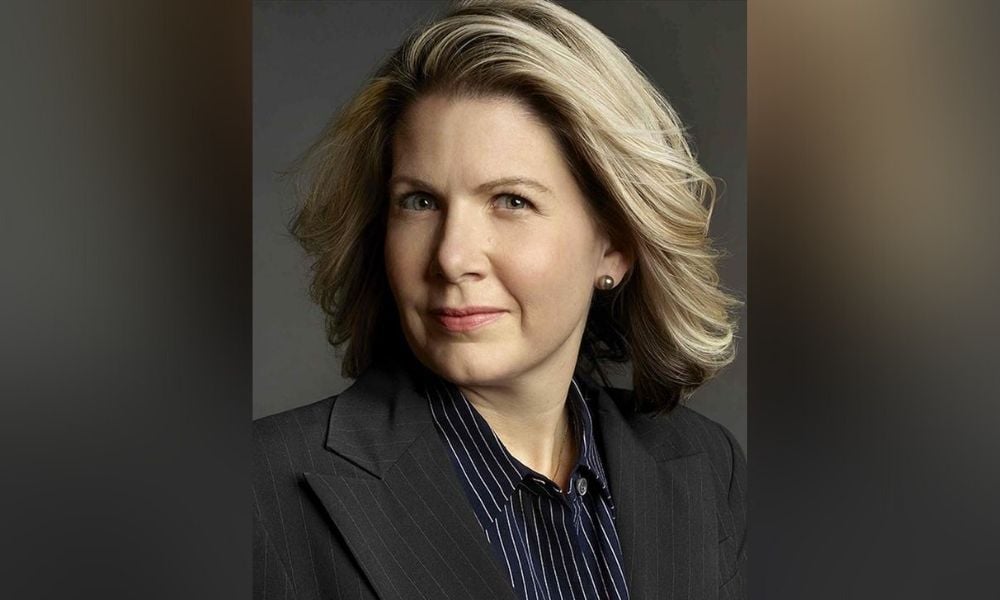It depends on many factors: later earnings, money use, and estate planning

One of the things advisors need to help their clients consider at this time of year is whether they should put their money in a Registered Retirement Savings Plan (RRSP) or Tax-Free Savings Account (TFSA), and one financial advisor has several tips for this season.
“There are a number of important strategies you can use, and I would say RRSPs are one, but you also need to look at the implications of optimizing a tax-free savings account, as those are often overlooked,” Erin Roy, a financial advisor who is a certified financial planner with Edward Jones in Bayfield, Ontario, told Wealth Professional.
“The first thing you need to consider, obviously, is the implications of contributing to an RRSP and ensuring that your client’s future income is not going to be higher, so that when they’ve contributed to an RRSP, they aren’t inadvertently going to draw it out at a higher rate,” she said.
That could happen if the client receives a sizable inheritance or sells a large asset in the future. So, you need to ask a lot of questions about what’s on the client’s horizon, then do the math.
“If people are younger than 50, that’s one thing, because there’s less certainty,” said Roy. “But, once people are over 50, it’s conceivable that they’re better off in a tax-free savings type investment than they are in an RSP.”
Read more: Is an RSP and RRSP the same for tax purposes?
You also need to consider estate planning since clients can name their spouse as a beneficiary of either an RRSP or TFSA, but they can only name their children as beneficiaries to a TFSA, so those assets can transition with no tax implications. RRSPs can only be passed to children if they’re minors or dependent children.
You should also ensure clients don’t use RRSPs as short-term savings accounts and make early withdrawals.
“Some people look at using their retirement accounts as accessible money, but it makes very little sense to put money into an RSP to turn around and pull it back out a year later,” said Roy. “Think about the timing of when your clients need to have accessible cash and make sure they are keeping a source of that in the event they need access to money.”
Roy said money needs to be invested in a TFSA for a longer period to do its work.
“I always say, ‘short-term money for short-term needs and log-term money for long-term needs’,” she said. “Use your savings account for short-term and your tax-free savings account to really optimize it as a long-term investment.”
When clients use RRSPs or TFSAs to make a long-term – 5, 10, or 20-year – investment, she said, “make sure they have the right mix of investments that reflect their objectives. All of the TFSA money shouldn’t be cash because it needs to generate a meaningful investment return.”
Roy suggested clients check their unused contribution room on the Canada Revenue Agency website, particularly if they’ve been carrying room forward for years. That’s particularly helpful so they won’t get a stiff penalty if they over-contribute.
She said clients should regularly contribute to their plans rather than annually buy an RRSP.
“People can optimize their long-term returns by investing more frequently – monthly, for instance – which distributes the investment dates, so you capture the different market opportunities versus always picking February,” said Roy.
She also recommended advisors encourage their clients to make spousal contributions. The higher-income spouse can pay into it to establish a retirement income stream for the lower-income spouse. “That can also help their future taxation at the time of withdrawal,” she said.
Once they get their tax returns from doing all that, Roy said they should reinvest that money into their RRSP – or a Registered Education Savings Plan (RESP) for their children.
“They can get a 20% grant from the government on that contribution,” she said.
Finally, she suggested that advisors remind clients to check that names – both their own and their beneficiaries – on all of their accounts to ensure those are up-to-date.
“Having a clear, well-defined strategy that clients understand and can see how it’s getting them to their retirement goals is one of the most important things,” said Roy. “Then, make sure you have an annual discussion to ensure you’re on track for getting them where they want to go.”



